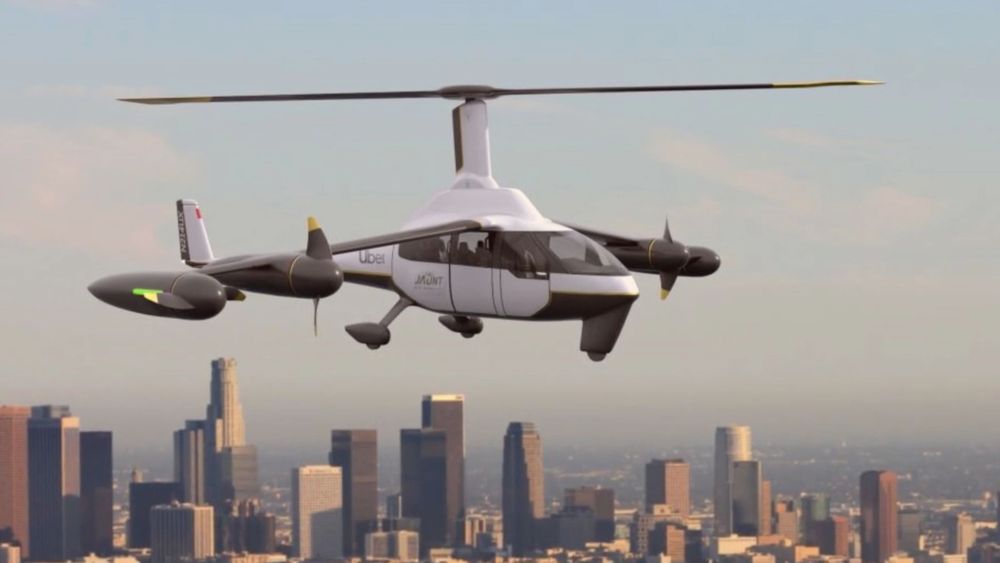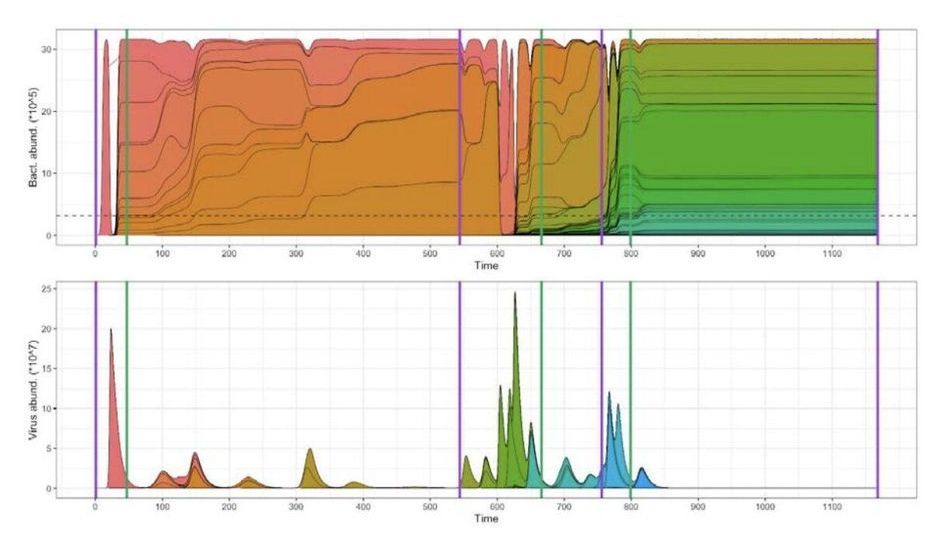Oct 19, 2020
Jaunt’s ROSA gyrodyne: The first eVTOL air taxi that actually looks safe
Posted by Genevieve Klien in category: transportation
This eVTOL air taxi design looks like a weird helicopter/plane hybrid, but it’s the safest of all the eVTOL designs we’ve ever seen, and it has another killer advantage in that it requires no special certification. That’s huge news in the emerging 3D commuting market, because it could make this thing much, much cheaper to get off the ground.
To understand why this thing is such a great idea, let’s recap two of the main hurdles that every other eVTOL designer is facing: safety and certification. The safety issue seems huge to us, although many of the eVTOL manufacturers we speak to don’t seem to see it as insurmountable. In a total failure scenario, all eVTOLs designed around multiple small rotors have a bit of an issue: they’ll simply plummet to the ground.
You can solve this problem using a ballistic parachute that fires out and brings them down gently, but below a certain altitude, maybe 120 feet or so, these ‘chutes don’t have time to fully open and deploy, leaving these aircraft negotiating what we’ve been calling a “death zone” every time they take off and land. It’s only for a short amount of time, but the consequences of total failure in this zone would be equally total, and just one such crash in the early days of air taxi services would undermine passengers’ faith in the entire eVTOL sector.


















